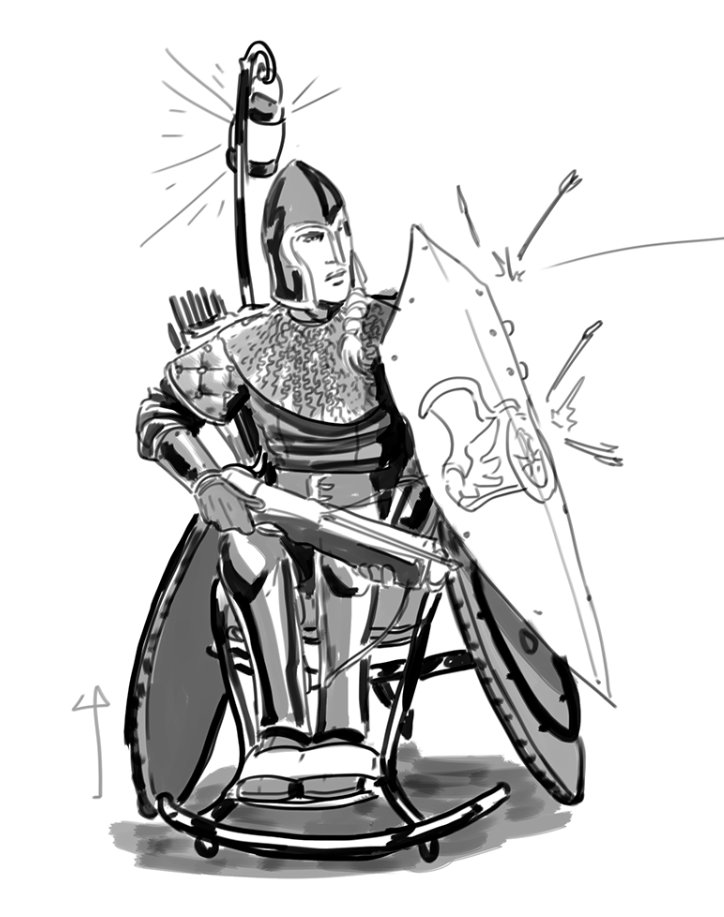
Disabled/chronically ill/neurodiverse/mentally ill ARTISTS!
I'm looking to compile an online document of you all so that when job openings for #ttrpg art come around at companies/publishers, I have a comprehensive list of folks to pass around to my contacts.
Reply with info! 💜
I'm looking to compile an online document of you all so that when job openings for #ttrpg art come around at companies/publishers, I have a comprehensive list of folks to pass around to my contacts.
Reply with info! 💜
Once I've compiled the document, I'll also share it here on twitter so any smaller/independent companies can find some artists looking for work!
IMPORTANT:
You don't need to disclose your disability or illness to submit your work. If you identify with any of the illnesses/disabilities (visible and invisible) listed above, you are more than welcome to submit art!
ALSO:
Don't worry if your style isn't what 'typically'-
You don't need to disclose your disability or illness to submit your work. If you identify with any of the illnesses/disabilities (visible and invisible) listed above, you are more than welcome to submit art!
ALSO:
Don't worry if your style isn't what 'typically'-
appears in ttrpg books! Companies are always looking for different styles for different projects!
• • •
Missing some Tweet in this thread? You can try to
force a refresh




